Cedar Waxwing Migration: A Complete Guide to Their Annual Journey
Witness the mesmerizing spectacle of nature as thousands of cedar waxwings embark on their epic annual journey. Ever wondered what drives these enchanting birds to traverse vast distances each year? Discover the secrets behind cedar waxwing migration in our comprehensive guide. From their precise migratory routes to the stunning sights and sounds they create along the way, this guide offers a front-row seat to one of nature’s most captivating phenomena. Dive in now and unravel the mysteries of cedar waxwing migration like never before!
Do Cedar Waxwings migrate?

Every year, the graceful Cedar Waxwing embarks on an impressive migration that captures the fascination of bird enthusiasts and casual observers alike. So, do Cedar Waxwings migrate? Absolutely, and their annual journey is nothing short of spectacular.
Starting in the late summer and early fall, these sleek birds begin their southward migration, trading their northern breeding grounds for the warmer climates of the southern United States, Mexico, and Central America. Observing a flock of Cedar Waxwings during migration is truly a sight to behold. Their synchronized movements and soft, high-pitched calls create a mesmerizing aerial ballet that hints at the wonders of nature.
The journey of the Cedar Waxwing is driven by their search for food. They have a particular fondness for berries and fruit, and their migration patterns align closely with the ripening of these key food sources. Despite the challenges along the way, including weather changes and predation, Cedar Waxwings exhibit remarkable resilience and adaptability.
So next time you spot these birds in your neighborhood, take a moment to appreciate their incredible migratory feat. Not only do Cedar Waxwings migrate, but their journey also demonstrates the intricate relationships between wildlife and the natural cycles of our world.
When do Cedar Waxwings migrate?
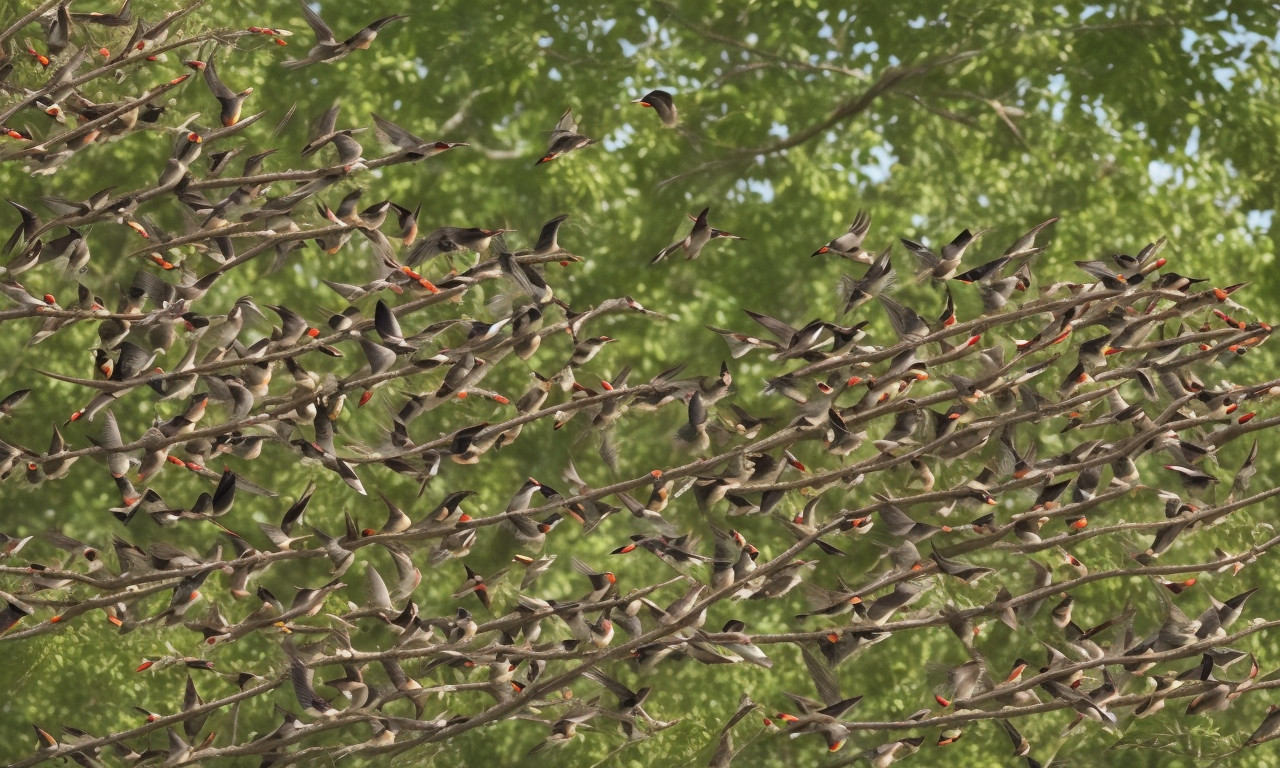
Cedar Waxwings are captivating birds known for their sleek feathers and vibrant splashes of red and yellow. Every year, these social creatures embark on an impressive migration that nature enthusiasts eagerly anticipate. But when do Cedar Waxwings migrate? Typically, their journey begins in late summer to early autumn, triggered by the ripening of their favorite fruits and berries.
During this time, you’ll notice the heavens filled with flocks of Cedar Waxwings, traveling in cohesive groups. Watching them can be a thrilling experience, as they pause along the way to rest and feed in abundant fruit trees. Their migration paths can vary, but they generally move from the northern parts of North America towards warmer southern regions, ranging as far as Central America.
Weather patterns and food availability significantly influence their timing, making each year’s migration somewhat unique. Observers report that these feathered travelers seem to have an instinctive knowledge of when and where to go, often taking the same routes their ancestors did. So, the next time you gaze up at the sky in early fall, keep an eye out—you might just catch a glimpse of the Cedar Waxwings making their annual journey.
Why do Cedar Waxwings migrate?
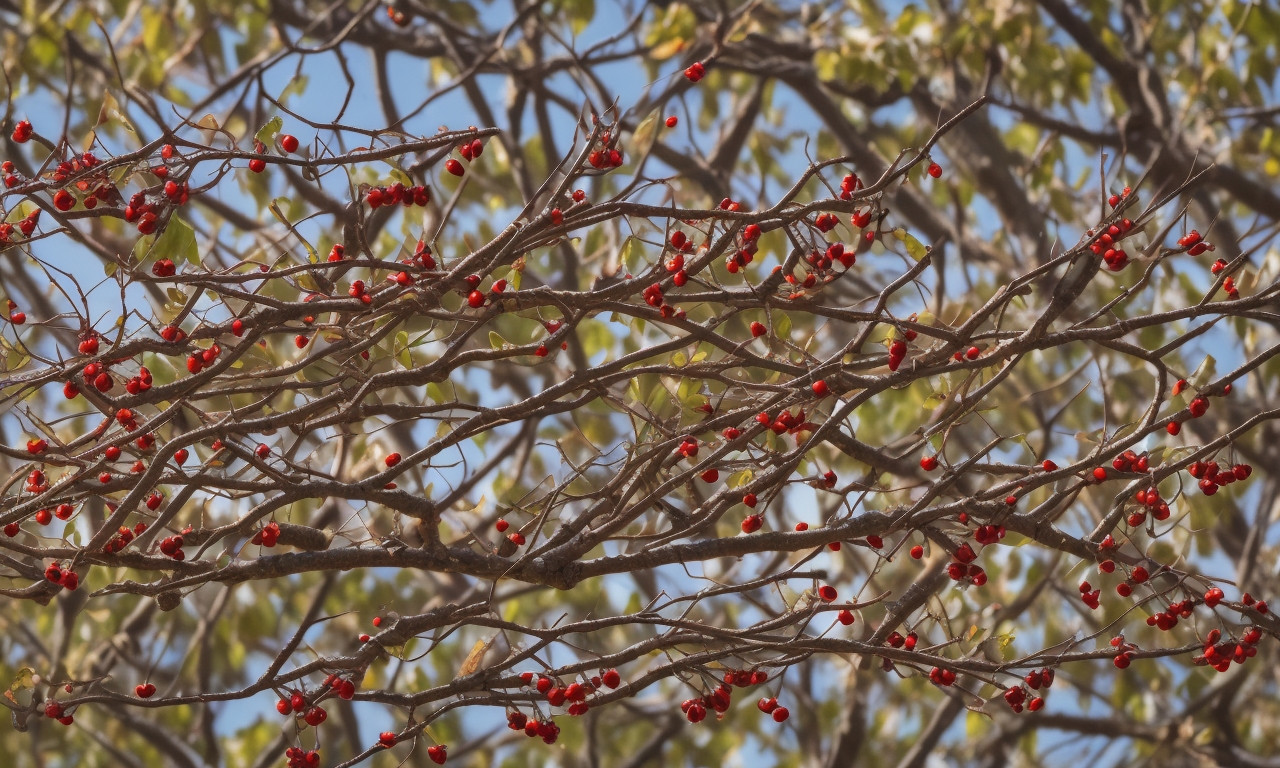
Each year, the skies play host to the stunning sight of Cedar Waxwing migration, an event that bird enthusiasts eagerly anticipate. Wondering, "Why do Cedar Waxwings migrate?" The answer lies in their pursuit of food and a suitable climate. During the winter, these sleek, social birds travel southward, leaving their breeding grounds in North America to seek out warmer regions where berries are abundant.
Cedar Waxwings are highly nomadic, and their migration patterns can vary greatly year to year. Unlike some other species that follow a strict path, Cedar Waxwings are driven primarily by the availability of fruit, their main food source. This makes their migration somewhat unpredictable, as they move from place to place in search of the next berry buffet.
For those fascinated by this remarkable journey, tracking these birds can be both a challenge and a delight. Paying attention to berry crop reports and weather conditions can offer some clues as to where they might show up next. Also, using social media and birdwatching apps can provide real-time sightings from fellow enthusiasts.
Ultimately, the Cedar Waxwing migration is a dynamic testament to nature’s adaptability, with these elegant birds showcasing the intricate balance between wildlife and environment.
How far do Cedar Waxwings migrate?
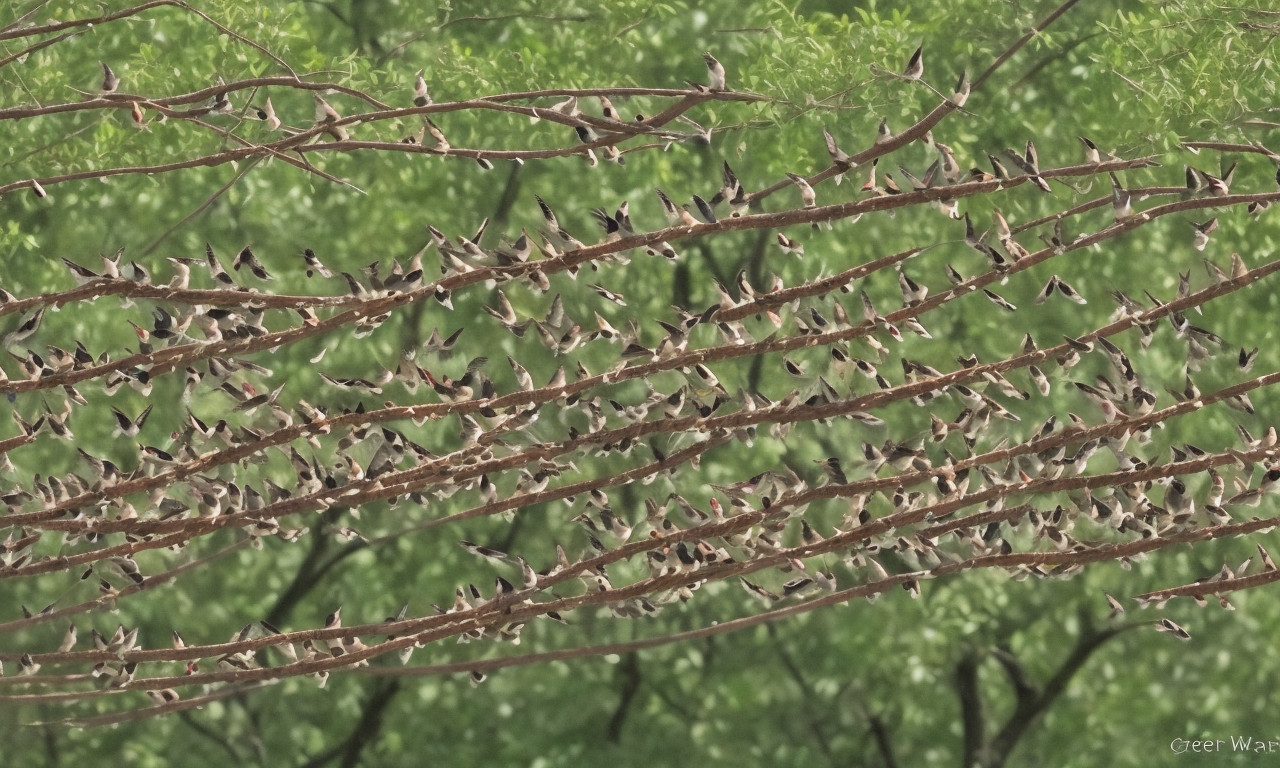
Every year, Cedar Waxwings embark on an incredible journey that captivates birdwatchers and nature enthusiasts alike. These sleek, social birds, known for their striking plumage and penchant for berries, make a grand migration that is both a natural wonder and a survival strategy. But how far do Cedar Waxwings migrate? It turns out, these avian travelers can cover vast distances across North America, heading south for the winter.
Typically, Cedar Waxwings breed in the northern parts of the continent, including across Canada and the northern United States. As the chilly breath of autumn begins to creep in, signaling the end of the berry season, they start their migration southwards. Their destinations vary yearly, guided by the availability of food sources, but they often end up in the southern U.S., Mexico, and as far south as Central America.
This movement can cover several thousand miles, a testament to their adaptability and stamina. Watching a Cedar Waxwing flock is like witnessing a delicate ballet in the sky, their synchronized flight patterns and soft calls making the experience magical. Understanding just how far Cedar Waxwings migrate underscores the importance of conserving their habitats along these extensive routes.
Where do Cedar Waxwings migrate to?
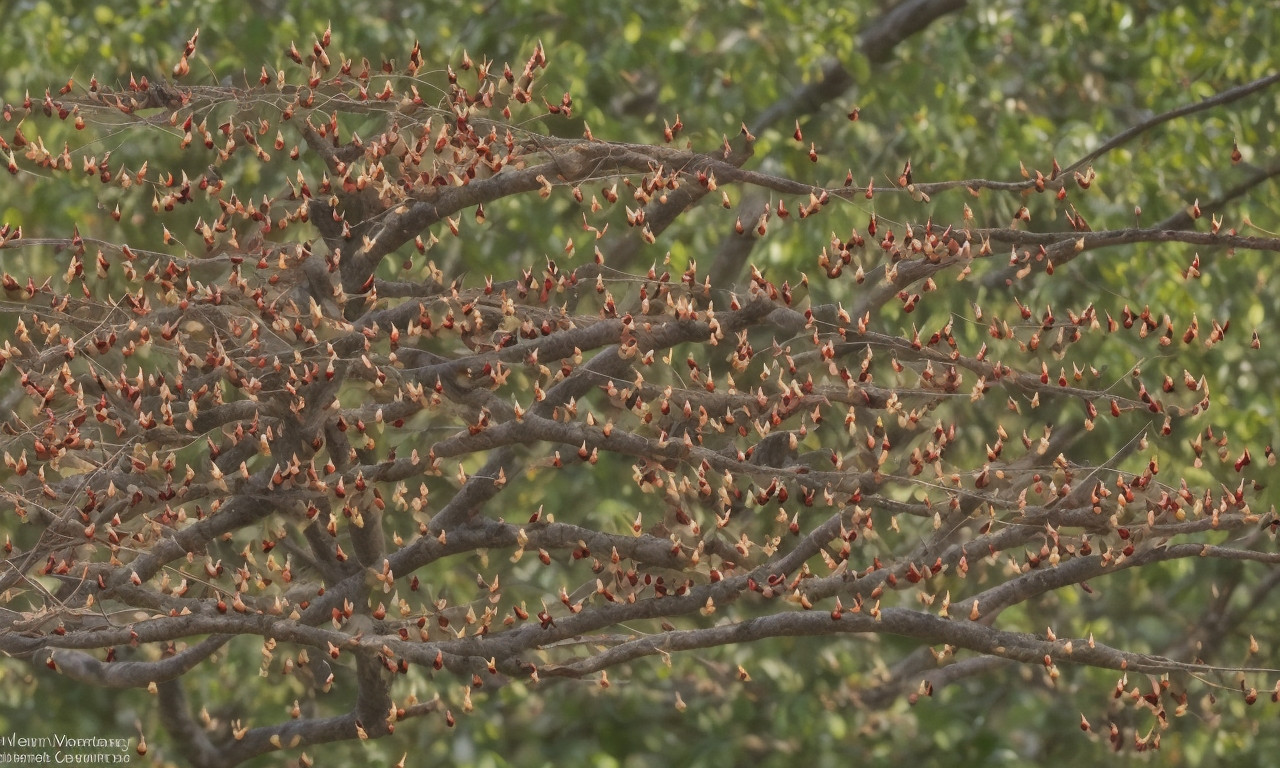
Every year, the cedar waxwing’s migration captivates bird enthusiasts and casual observers alike. These elegant birds embark on a journey that spans thousands of miles, moving from their northern breeding grounds to warmer southern locales. So, where do cedar waxwings migrate to? Primarily, they head to the southern United States, Central America, and even as far as northern South America.
During this annual migration, cedar waxwings are known for their striking appearance—silky brown plumage, a distinctive crest, and a black mask that adds a touch of mystery. Their travels begin in late summer and continue into the fall, driven by their search for abundant food sources like fruits and berries.
The migration of cedar waxwings is not just about survival; it’s also a social event. They often travel in large flocks, communicating and coordinating with each other throughout their journey. This communal travel ensures they remain protected from predators and increases their chances of finding sustenance.
Understanding where cedar waxwings migrate to provides valuable insights into their behavior and survival strategies. So next time you spot these beautiful birds in your backyard or local park, you’ll have a deeper appreciation for the incredible journey they’ve undertaken.
How long does it take for a Cedar Waxwing to migrate?
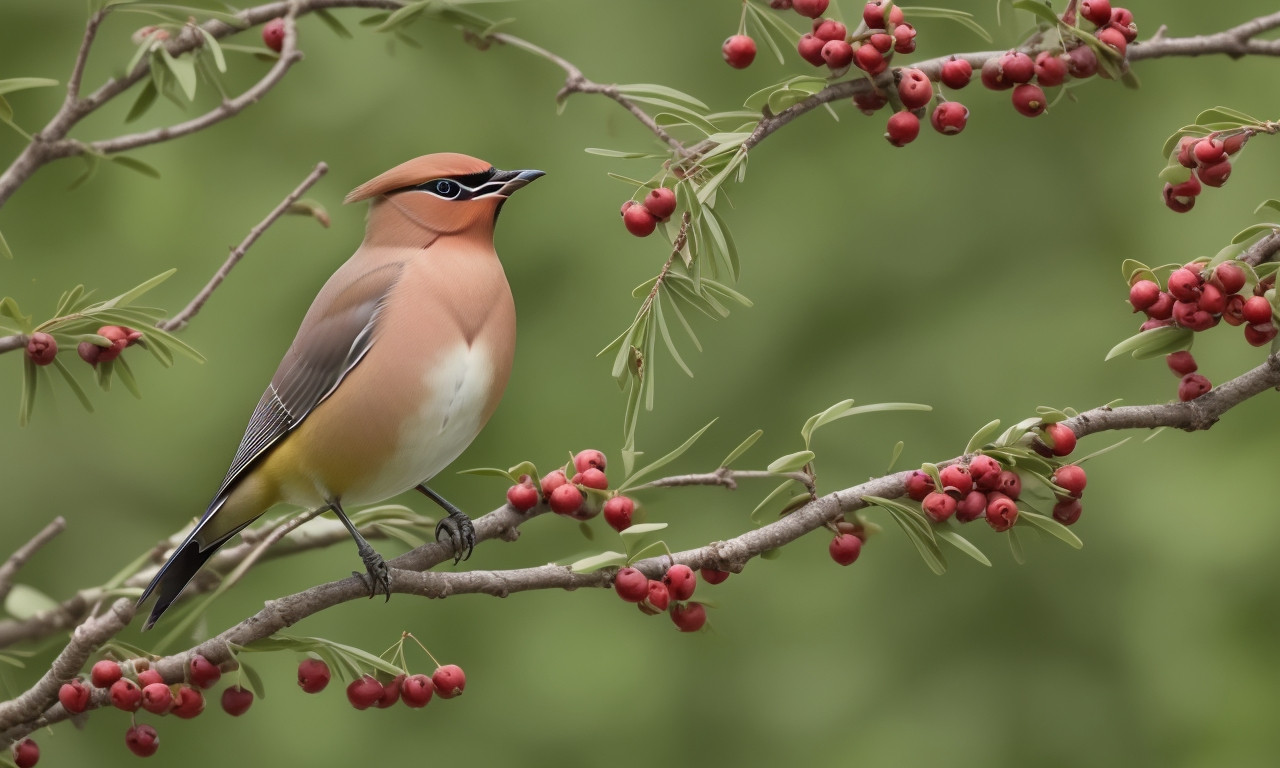
Every year, Cedar Waxwings embark on an incredible journey that fascinates bird lovers and casual observers alike. Known for their sleek plumage and distinctive mask, these birds perform a seasonal migration that is both impressive and meticulously timed. You might wonder, "How long does it take for a Cedar Waxwing to migrate?" Typically, their journey can vary widely, taking anywhere from a few days to several weeks. The length of the migration often depends on weather conditions, food availability, and geographic obstacles.
Cedar Waxwings migrate in flocks, creating quite a spectacle as they head toward their destination. They usually travel from their breeding grounds in the northern parts of North America, heading to warmer regions in the south. During this migration, you’ll often see them stopping in berry-laden trees to refuel, taking advantage of the seasonal abundance.
The migration period itself is a remarkable sight and serves as a reminder of the natural world’s intricate beauty. Observing their journey provides valuable insights into how species adapt to seasonal changes. So next time you see a Cedar Waxwing resting on a tree branch, take a moment to appreciate the incredible journey it’s undertaking.
Do Cedar Waxwings migrate in flocks?
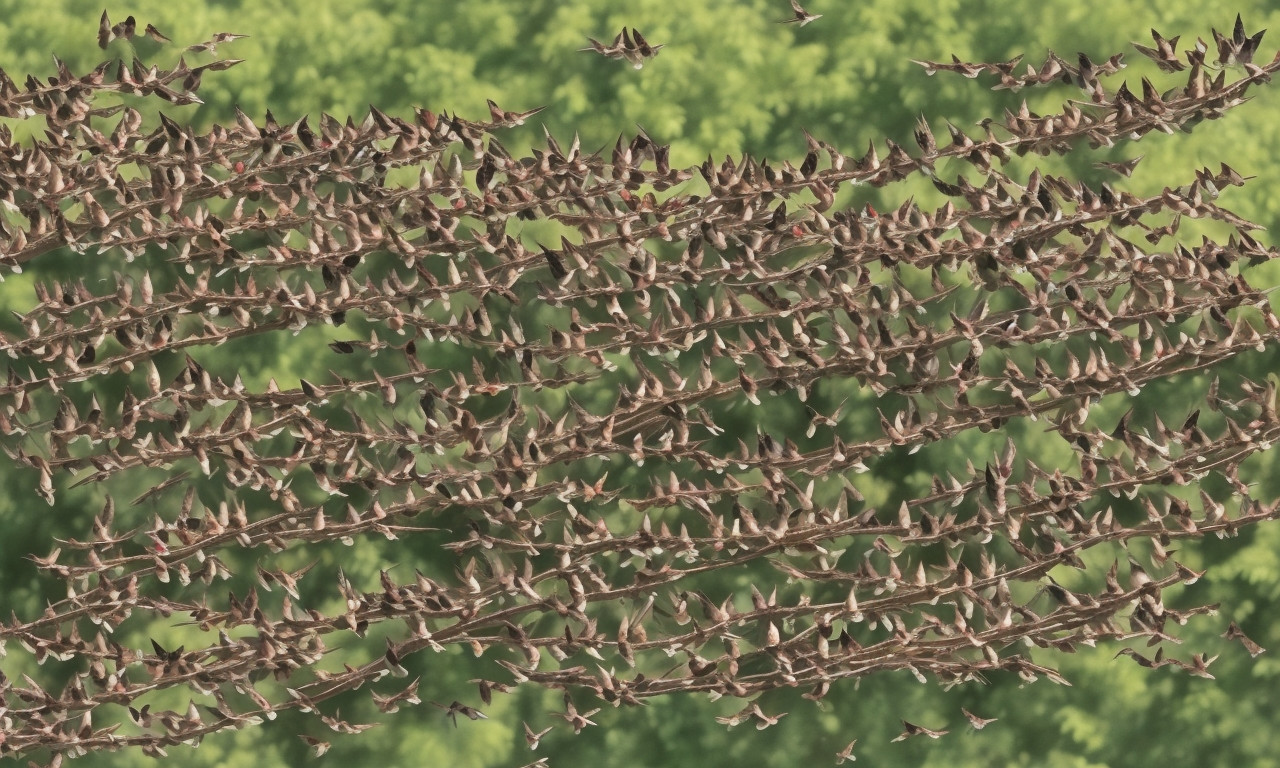
Every year, bird enthusiasts eagerly await the Cedar Waxwing migration. These sleek, social birds embark on an annual journey that’s nothing short of fascinating. From their vibrant yellow-tipped tails to the striking red wax-like droplets on their wings, Cedar Waxwings are a sight to behold. But do Cedar Waxwings migrate in flocks? Absolutely!
One of the most captivating aspects of their migration is their flocking behavior. Cedar Waxwings rarely travel alone; they move in sizable groups, creating a symphony of chirps and fluttering wings. This collective journey helps them navigate and find food sources more efficiently. Throughout the year, their diet changes from insects to berries, and during migration, these birds can be spotted feasting on fruits like serviceberries and dogwood berries.
Their migratory pattern isn’t rigid. While some may travel short distances, others embark on long treks, heading towards warmer climates in the southern United States or even Central America. Watching a flock of Cedar Waxwings can be mesmerizing, as they fly together in harmonious waves. Understanding the intricacies of their migration provides deeper appreciation for these beautiful birds, making each sighting during their annual journey a cherished experience.
Are all Cedar Waxwings migratory?
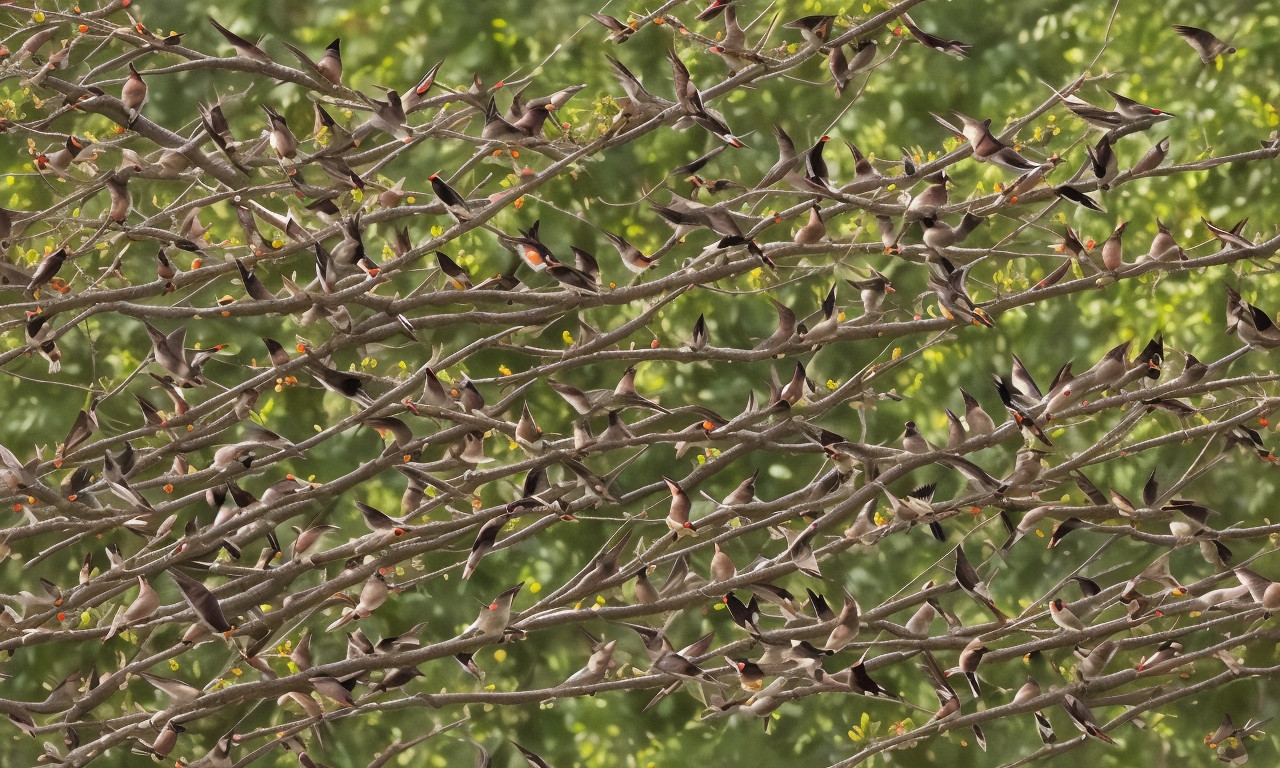
Cedar Waxwing migration is one of nature’s most fascinating events. These sleek, social birds are known for their high-flying journeys across North America. But have you ever wondered, "Are all Cedar Waxwings migratory?" The answer is a bit nuanced. While most Cedar Waxwings do embark on migratory trips, not all of them do. It largely depends on the availability of food and the weather conditions.
In spring and fall, flocks of Cedar Waxwings can be seen traveling between their breeding grounds in Canada and the northern United States and their wintering habitats further south. These birds are on a constant quest for fruit, their primary food source. This need for nourishment is what pushes many Cedar Waxwings to migrate.
Interestingly, some populations in milder climates, such as the Pacific Northwest, may not migrate at all if they find a reliable food supply year-round. This partial migration phenomenon is quite common among other bird species as well, but it leaves bird enthusiasts with lots to ponder about Cedar Waxwing behavior.
Regardless of their paths, observing Cedar Waxwings during migration is a delight. Their vibrant plumage and enthusiastic social interactions offer a wonderful glimpse into the natural world’s intricacies.
Which states do Cedar Waxwings migrate from?
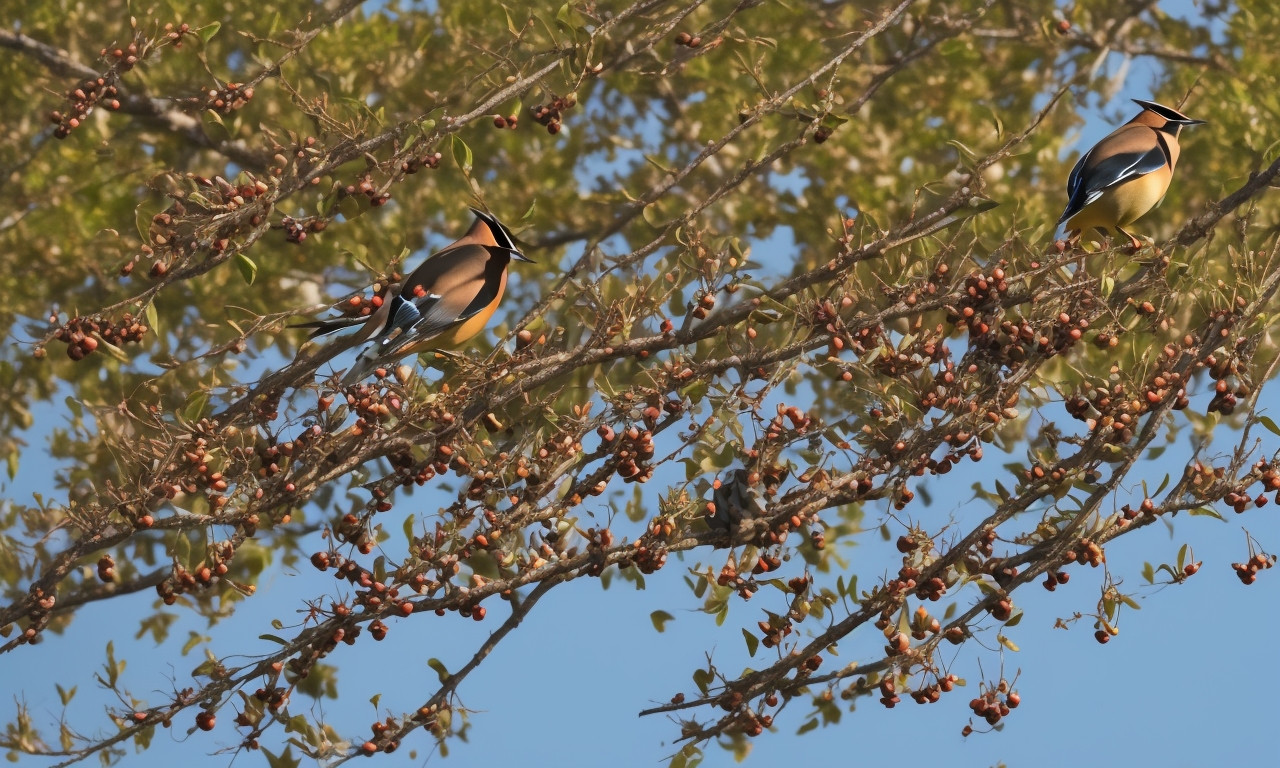
Each year, Cedar Waxwings embark on an incredible journey during their annual migration. These elegant birds, easily recognizable by their silky plumage and distinctive red-tipped wing feathers, undertake their travels across North America with remarkable precision. They typically migrate from northern states like Minnesota, Michigan, and parts of southern Canada, seeking warmer climates and abundant food sources during the colder months.
You might be wondering, which states do Cedar Waxwings migrate from? Well, in addition to Minnesota and Michigan, they also begin their journey from states like Wisconsin, Maine, and occasionally even as far west as Oregon. Their primary destinations are the southern states such as Texas, Louisiana, and Florida, where they join large flocks to feast on fruits and berries.
Cedar Waxwings are known for their social behavior, often traveling in groups and communicating with each other through high-pitched calls. Watching them navigate through forests and across open landscapes is a testament to the incredible instincts and adaptability of these birds. With their sleek appearance and coordinated movements, Cedar Waxwings offer a mesmerizing sight for bird watchers and nature enthusiasts alike. Their annual migration is a captivating natural phenomenon worth observing and understanding.
Where do Cedar Waxwings go in winter?
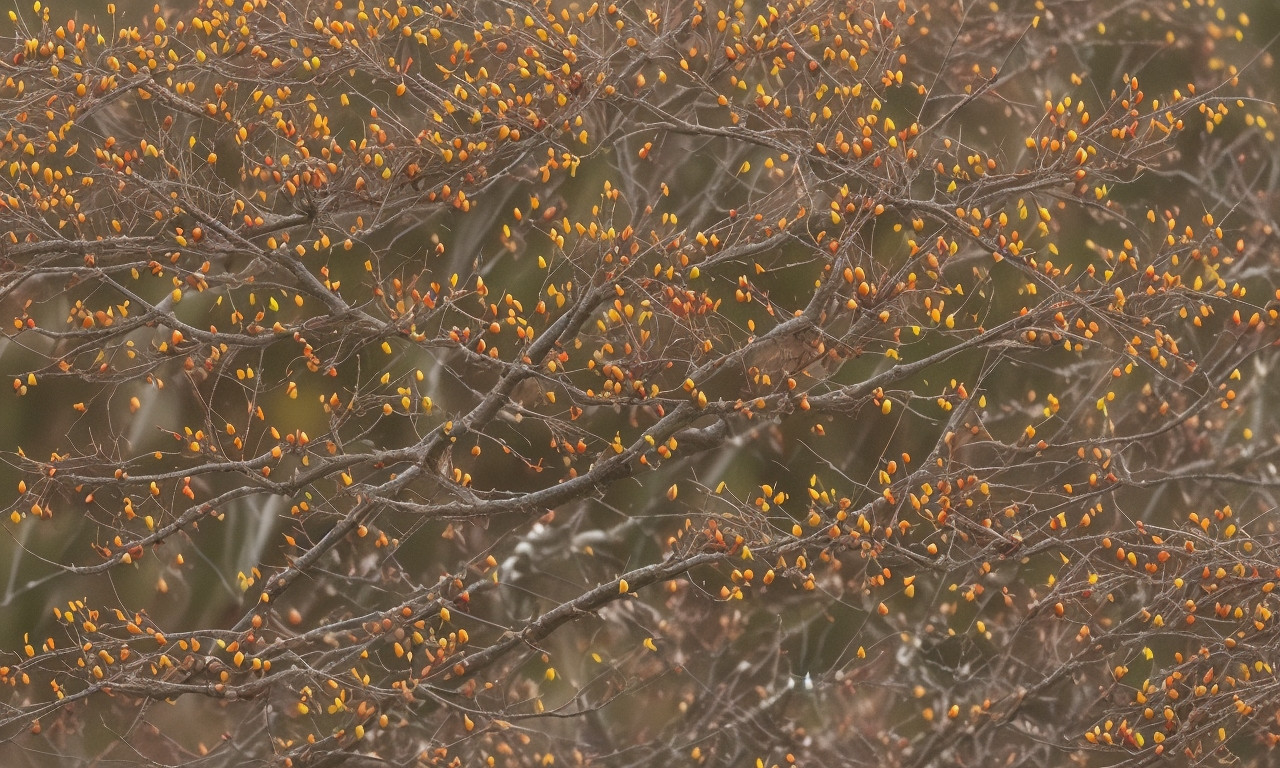
Each year, the Cedar Waxwings embark on an incredible migration that captivates bird enthusiasts and nature lovers alike. So, where do Cedar Waxwings go in winter? These elegant birds, known for their sleek, silky feathers and yellow-tipped tails, make their way to warmer regions when the cold sets in.
As temperatures drop, Cedar Waxwings leave their northern breeding grounds in Canada and the northern United States. They head south, seeking out the milder climates of the southern United States, Central America, and occasionally even northernmost parts of South America. Their winter destinations are often dictated by the availability of food. Cedar Waxwings have a particular fondness for fruits and berries, making them partial to areas rich in their favorite foraging resources.
This bird species is quite social, often traveling in large flocks that create a harmonious, almost whimsical display against the winter sky. Observing their migration is not just a chance to witness an extraordinary natural event but also an opportunity to understand more about their behavior and survival strategies.
With such a long journey ahead, Cedar Waxwings demonstrate resilience and adaptability, making their annual migration a fascinating spectacle and a subject of enduring study and admiration.
Where do Cedar Waxwings go in the summer?
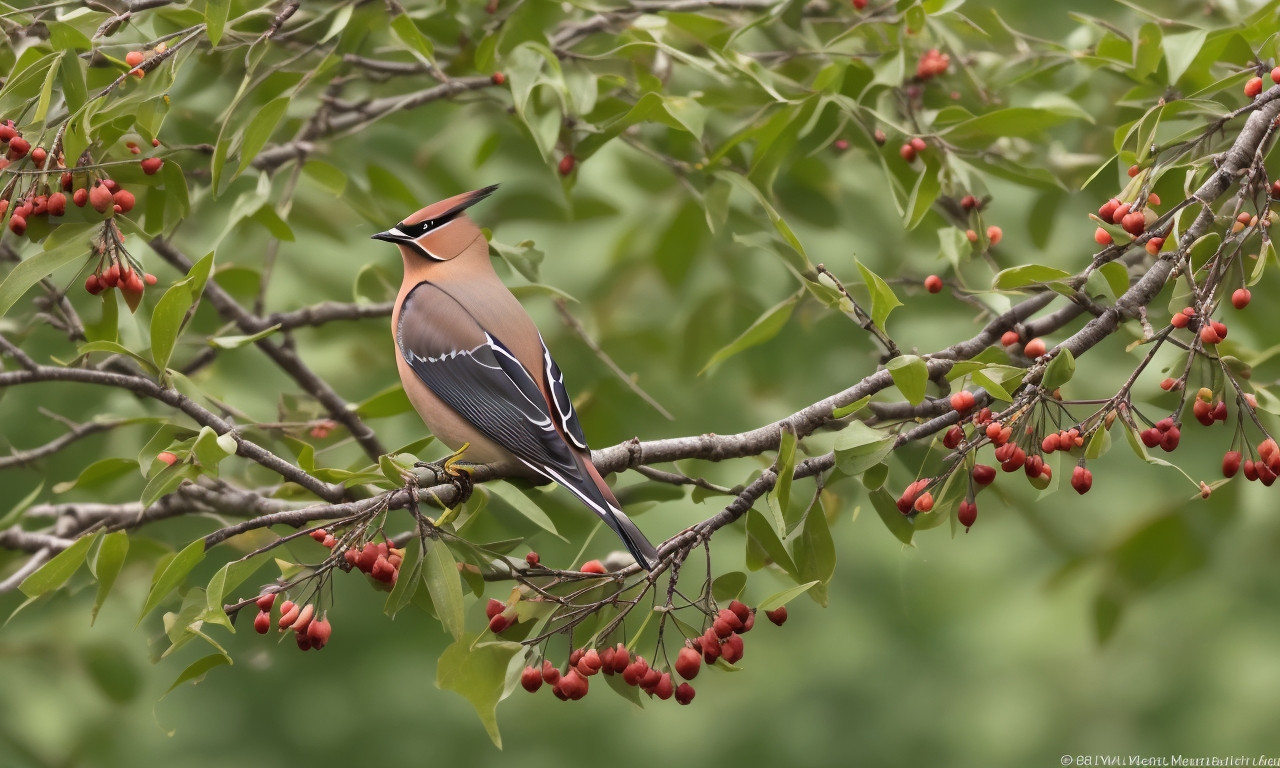
Every year, Cedar Waxwings embark on an incredible journey that many bird enthusiasts eagerly anticipate. These elegant birds, known for their silky plumage and bright red wingtips, are a sight to behold. A common question among nature lovers is, "Where do Cedar Waxwings go in the summer?"
As spring fades, Cedar Waxwings begin their northward migration. They travel from their winter homes in Central and South America to breed in the cooler climates of North America. During summer, they can be found nesting in the forests, orchards, and gardens of the northern United States and Canada. Their favorite habitats often include regions rich with fruit-bearing trees and shrubs, which provide their primary source of food. Whether you’re strolling through a city park or exploring the countryside, keep an eye out for these birds feasting on berries.
Cedar Waxwings are social creatures, so you might see them in sizable flocks. Their migration not only marks a change in seasons but also a change in the landscapes these birds inhabit. From the tropics to temperate zones, their journey is a fascinating example of nature’s rhythms. So next time someone asks, "Where do Cedar Waxwings go in the summer?" you’ll know they head north, where they thrive and breed in the abundance of summer’s bounty.
Do Cedar Waxwings fly nonstop?

Every year, Cedar Waxwings embark on an impressive migration that spans extensive distances. If you’ve ever wondered, "Do Cedar Waxwings fly nonstop?" the answer isn’t straightforward. These elegant birds make periodic stops to refuel and rest, primarily because their journeys are lengthy and demanding. Typically, they migrate in search of food, often traveling from northern regions to warmer southern areas where berries and insects are abundant.
Cedar Waxwings have a fascinating migratory pattern. Unlike some birds that travel solo, these creatures prefer to migrate in flocks, creating an impressive visual spectacle. They have a reputation for being unpredictable, meaning exact routes can vary year to year based on food availability and weather conditions.
During their journey, Cedar Waxwings are known to stopover at various points to eat and regain energy, especially in areas rich in berry-producing plants. This foraging is essential as it fuels their next flight segments. So, while Cedar Waxwings don’t fly nonstop, their coordinated movement and periodic breaks make for a successful migration. For anyone keen on observing this natural wonder, timing visits to regions abundant in their favorite food sources can offer a glimpse into their annual odyssey.
Do Cedar Waxwings migrate at night?
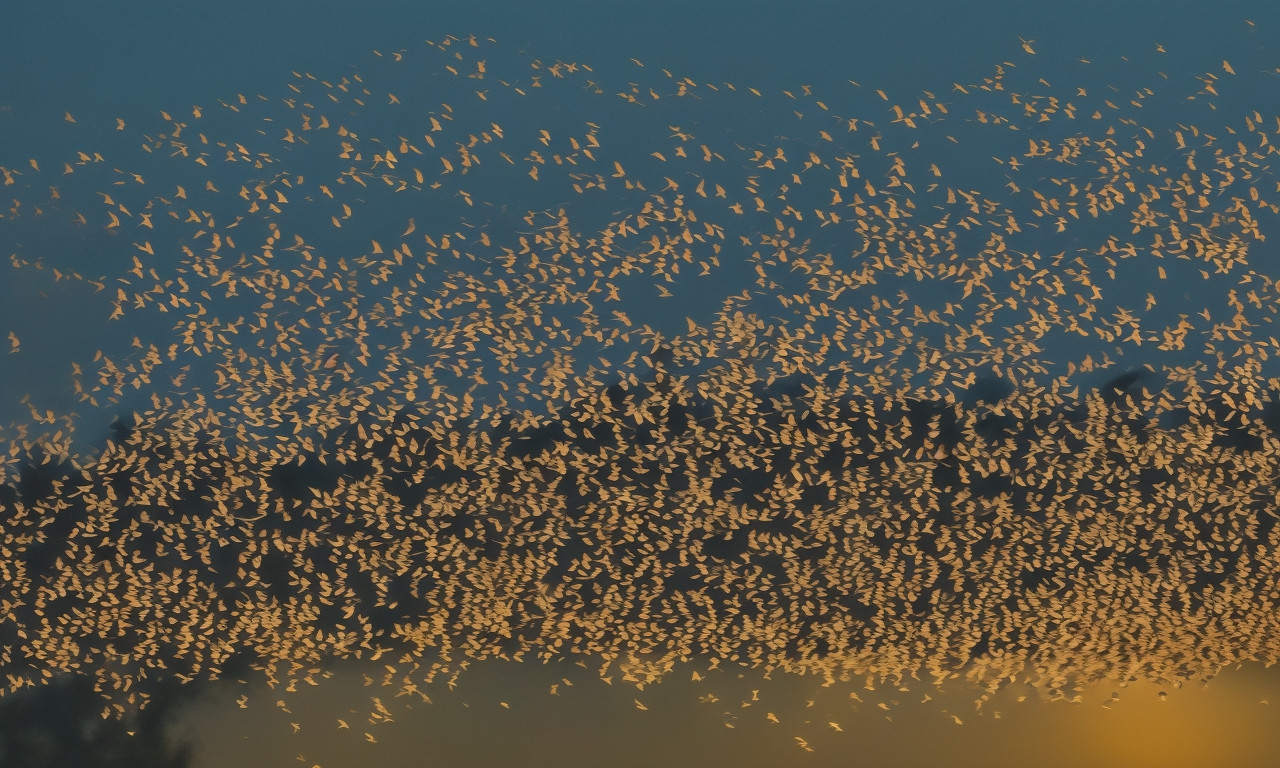
Cedar waxwings are one of nature’s most intriguing travelers, known for their stunning plumage and the rhythmic, almost musical calls they make. Every year, these elegant birds embark on an incredible journey. Do Cedar Waxwings migrate at night? Yes, they do! These fascinating creatures are nocturnal migrators, traveling under the cloak of darkness to avoid predators and to make the most of cooler, calmer skies.
During migration, cedar waxwings form large, social flocks, creating a mesmerizing sight as they move together in perfect harmony. Typically, their migration occurs twice a year – once in spring heading north to breed, and again in fall when they head to warmer climes. The cover of night provides a safer passage, reducing the risk of daytime predators and allowing them to conserve energy.
Migrations can take them across vast distances, from North America’s northern forests to the southern regions where winter offers milder temperatures and abundant food sources. Observing waxwings during these times can be captivating, as they often pause in berry-laden trees, filling the air with their soft, high-pitched whistles. Cedar waxwings’ nocturnal journeys are a serene and enchanting testament to the wonders of avian migration.




